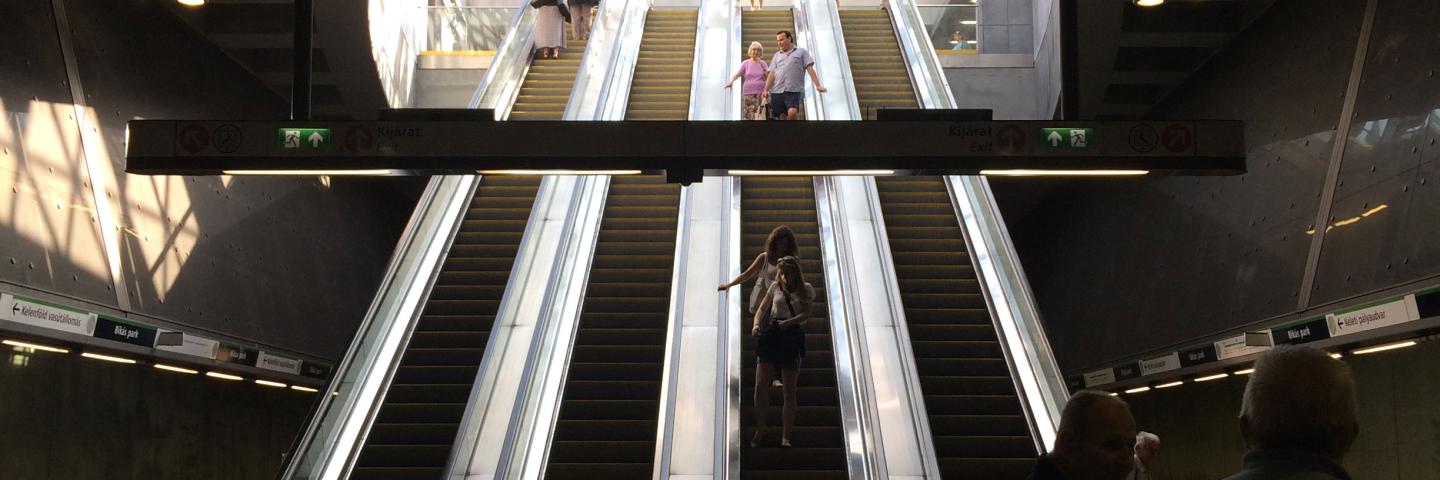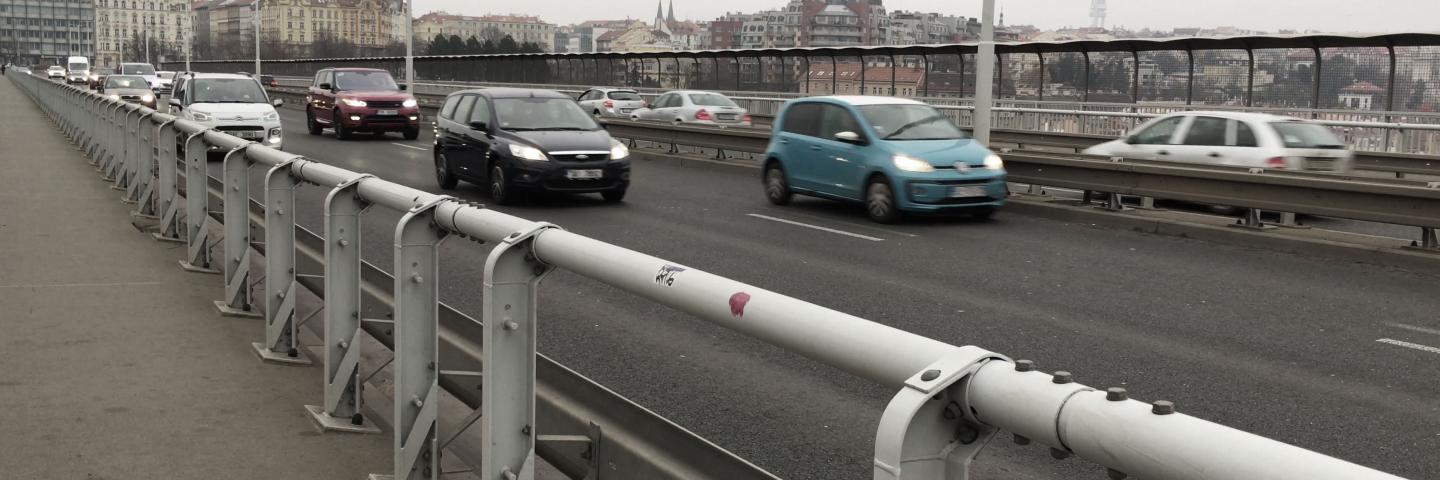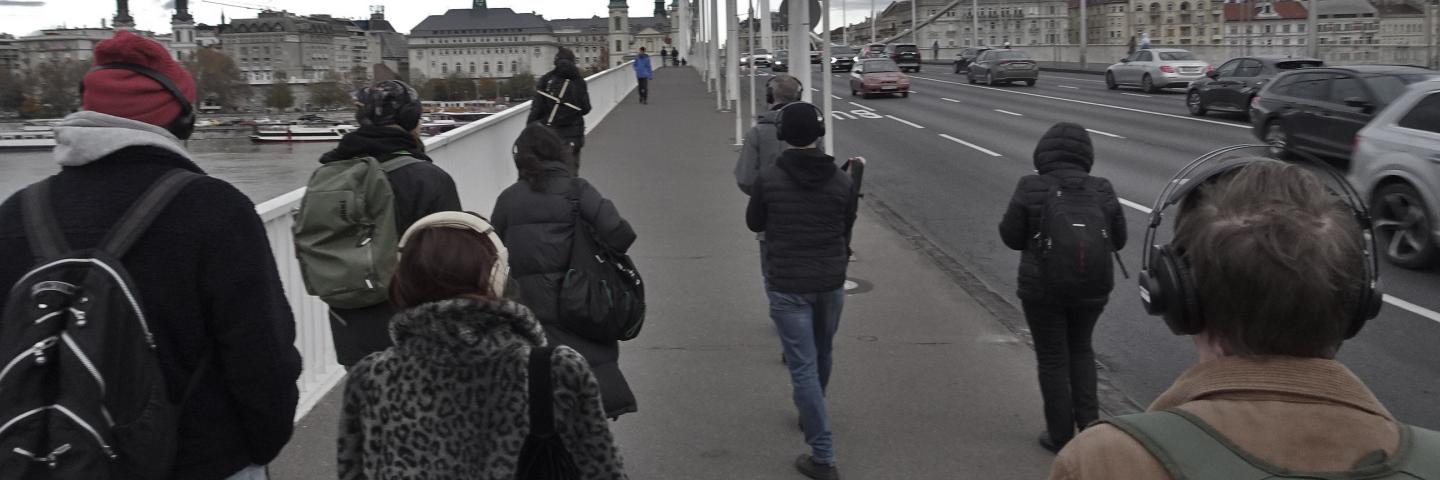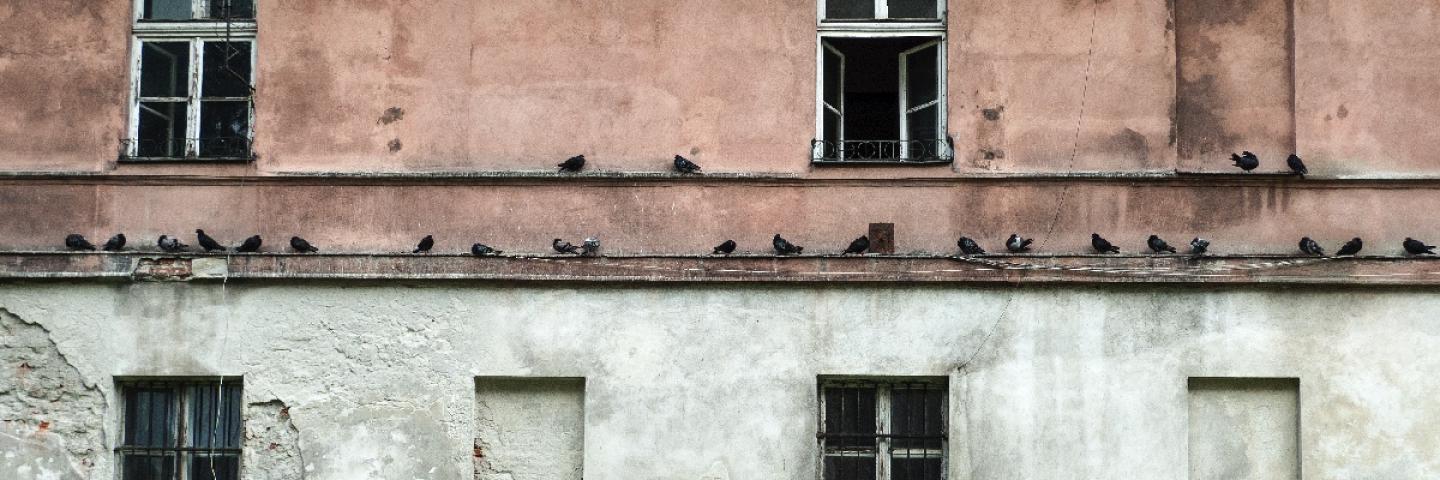Karin Bijsterveld

Karin Bijsterveld's current research focuses on topics at the crossroads of Science and Technology Studies and Sound Studies. She has published on the history of public problems of noise, on the sounds of the past, and on the relationship between music and technology in Social Studies of Science, Osiris, Technology and Culture, Historical Journal of Film, Radio and Television, Interdisciplinary Science Reviews and The Senses & Society. Her 2007 inaugural lecture focused on the history of car radio and interior car sound. She is author of Mechanical Sound: Technology, Culture and Public Problems of Noise in the Twentieth Century (MIT Press, 2008). With José van Dijck, she co-edited the volume Sound Souvenirs: Audio Technologies, Memory and Cultural Practices (Amsterdam University Press, 2009). She is also co-editor, with Trevor Pinch, of the Oxford Handbook of Sound Studies (Oxford University Press, 2012).
Her most recent book publications are the edited volume Soundscapes of the Urban Past: Staged Sound as Mediated Cultural Heritage (Transcript, 2013), the monograph Sound and Safe: A History of Listening behind the Wheel(Oxford UP, 2014, with Eefje Cleophas, Stefan Krebs and Gijs Mom), a special issue on Auditory History for The Public Historian, and the monograph Sonic Skills: Listening for Knowledge in Science, Medicine and Engineering in open access(Palgrave, 2019),
Nearly all books have been the result of NWO-funded projects such as The Ring of Machines, Sound Technologies and Cultural Practices (chaired by José van Dijck), Selling Sound: The Standardization of Sound in the European Car Industry and the Hidden Integration of Europe, and Soundscapes of the Urban Past: Staged Sound as Mediated Cultural Heritage. In 2010, Karin Bijsterveld was awarded with a NWO VICI grant for Sonic Skills: Sound and Listening in Science, Technology and Medicine, 1920s-now Sonic Skills: Sound and Listening in Science, Technology and Medicine.
One of her outreach projects has been The Sound of Amsterdam, a sound installation at The Amsterdam Museum, created in collaboration with Maastricht University and the American company HMMH. Het Geluid van Amsterdam features three stories on the sound of Amsterdam at the end of 19th century, the interwar period, and World War II, as well as interactive simulations of the Dam Square soundscapes in 1895 and 1935. This installation is one of the results of the NWO project Soundscapes of the Urban Past. See for more information: Het Geluid van Amsterdam


















